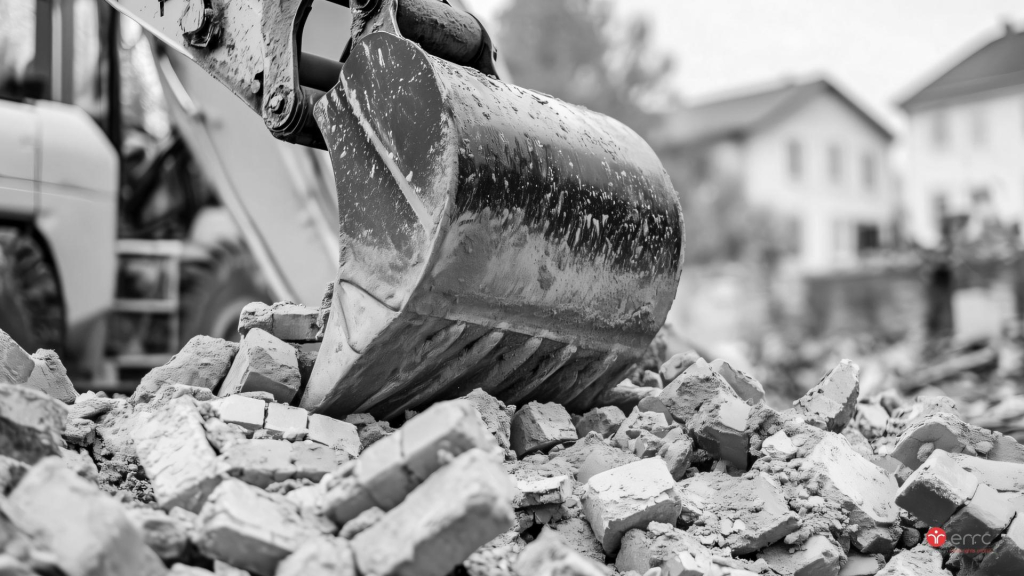European Court victory for Roma evicted from Wrocław camp in 2015
10 February 2025

Almost a decade after the Roma camp in the Polish city of Wrocław was cleared of its inhabitants and demolished, the European Court of Human Rights (ECtHR) has ruled that there was a violation of Article 8 and awarded each of the five applicant households € 5000. In the case of CALDARAR AND OTHERS v. POLAND the Court found, by a majority of five votes to two, that the applicants’ right to respect for their private and family life had been violated.
This ruling by the Court has drawn renewed attention to the living conditions of Roma in Poland, which ECRI recently described as ‘generally deplorable’. It serves as a timely reminder that much remains to be done to close the gap between judgements and justice.
In its 2023 monitoring report, ECRI expressed concern about reports of ‘forced relocations’ of Roma, and “deplored efforts by municipalities to terminate or prevent Roma residence in their territories.” ECRI called for more decisive measures and mechanisms to support, incite and oblige local authorities to do right by Roma when it comes to housing.
Facts of the case
According to Helsinki Foundation for Human Rights, who represented the applicants, on 22 July 2015, Wrocław municipal authorities demolished a Roma camp at Paprotna Street in Wrocław. At the moment of demolition, the camp comprised five structures. Roma families (adults and children) had been living in the camp since 2009. Application to the ECtHR was submitted at the beginning of 2016.
The applicants had not been aware of the demolition plans and that they had not been at the site when the demolition had taken place. The camp was torn down after they left their homes in the morning of 22 July 2015. Some inhabitants appeared towards the end of the process. Their belongings which had been stored on the site such as household appliances, electricity generators, heaters, furniture, rugs, kitchen utensils, bicycles, spare parts for cars, clothes, toys, documents, medicines and personal items, had been either destroyed or dumped.
In a written submission, a member of the NGO ‘Nomada’, who witnessed the demolition, “stated that the applicants had clearly felt distress, hysteria and helplessness when they were ignored by those carrying out the demolition and had not been allowed to retrieve their belongings, which, at that point, still remained on the site.” Assurances from police officers that their goods had surely been secured, and could be claimed back on the following day, were ill-founded. Roma residents and journalists followed a truck loaded with their remaining belongings to discover that they were smashed and dumped in a landfill.
The residents were deprived of any opportunity to challenge the demolition decision or initiate a judicial review of the decision. The demolition decision was enforced before the review was complete: the decision from the second instance body was issued seven days after the actual demolition.
The applicants submitted that following the final demolition of their encampment, they had lived on the streets. They had later erected several structures on another site at Kamieńskiego Street, without planning permission. They claimed that they had been living there at the time when notice of the present application was given, in conditions which did not ensure their safety.
The applicants complained that the authorities had failed to provide them with an adequate alternative solution which would have respected their way of life and their family and neighbourly bonds, and which would have levelled off the inequality of their marginalised group.
In its third-party intervention, the ERRC described forced evictions of Roma across Europe as one example of antigypsyism, a systemic and structural form of racism that has led to the social exclusion and immiseration of Roma. In its call for consideration to be given to the element of racial harassment, the ERRC stated that the burden of disproving discrimination should shift to the Government; and that people facing eviction must have access to remedies with an automatic suspensive effect.
What makes a home?
The grounds given by the authorities for the demolition were that the cabins had been built illegally and that they did not comply with any construction or safety standards. The Government argued that any links that the applicants might have had with the site had only been temporary and therefore did not lead to that site qualifying as their ‘home’ within the meaning of the Convention.
The Court has broadly defined ‘home’ as the place, the physically defined area, where private and family life develops. The concept is not limited to premises which are lawfully occupied, or which have been lawfully established. It is an autonomous concept which does not depend on classification under domestic law. The Court has never attached importance to the technical aspects of the dwellings in question, whether those were caravans, cabins, bungalows, makeshift houses or apartment rooms.
Whether or not a particular premises constitutes a ‘home’ which attracts the protection of Article 8 will depend on the factual circumstances, namely the existence of sufficient and continuous links with a specific place. Given these principles, the essential test in the Court’s assessment of the notion of the right to respect for one’s home in cases concerning unlawful structures has been the applicants’ long and continuous occupation of the site.
And in this particular case, given the ‘factual circumstances’, the Court found that the demolition of the applicants’ unlawful settlement at Paprotna Street by the local authorities on 22 July 2015 amounted to an interference with their right to respect for private and family life.




